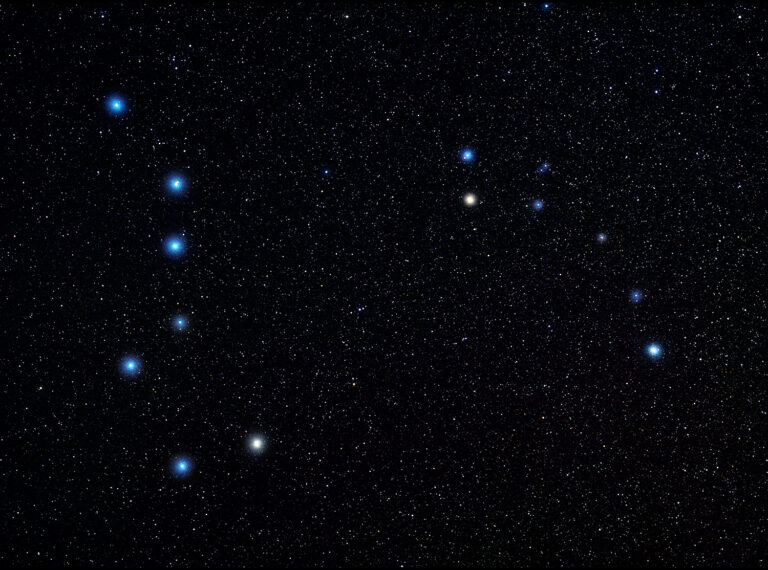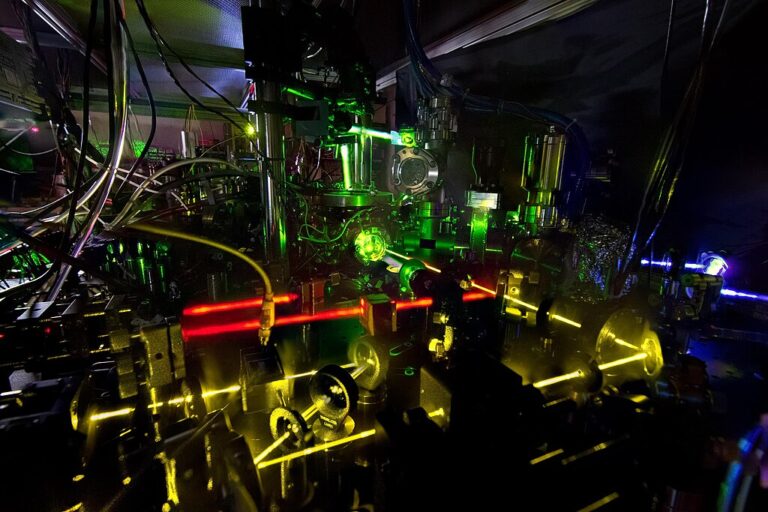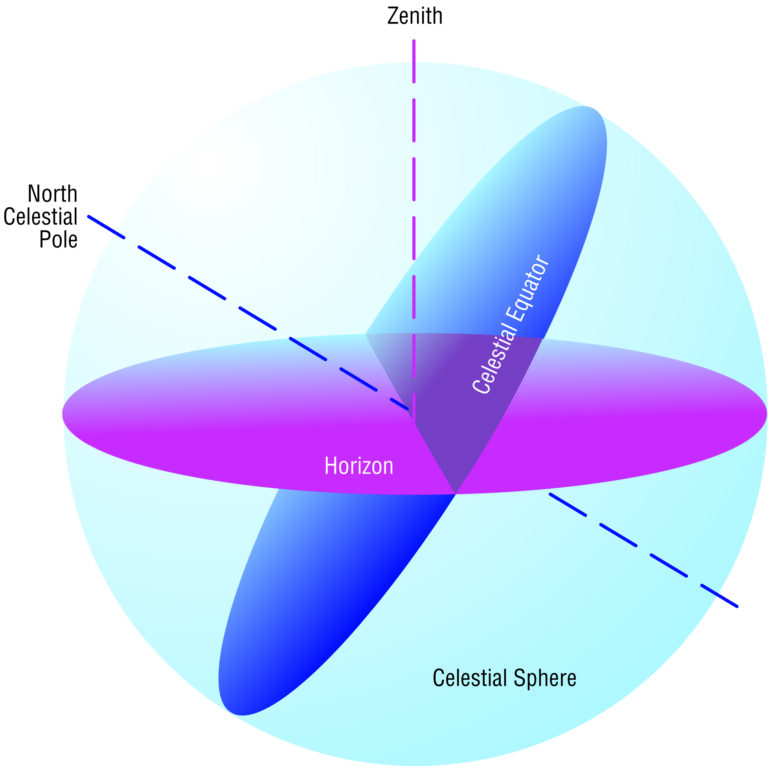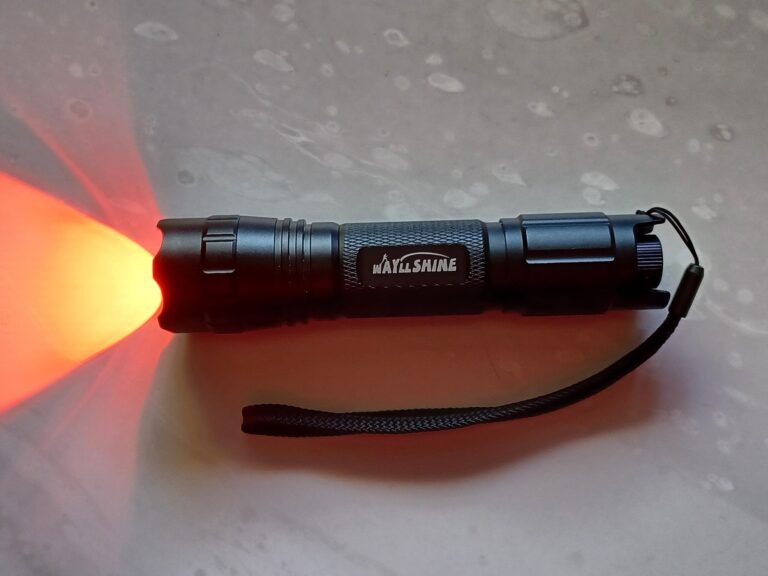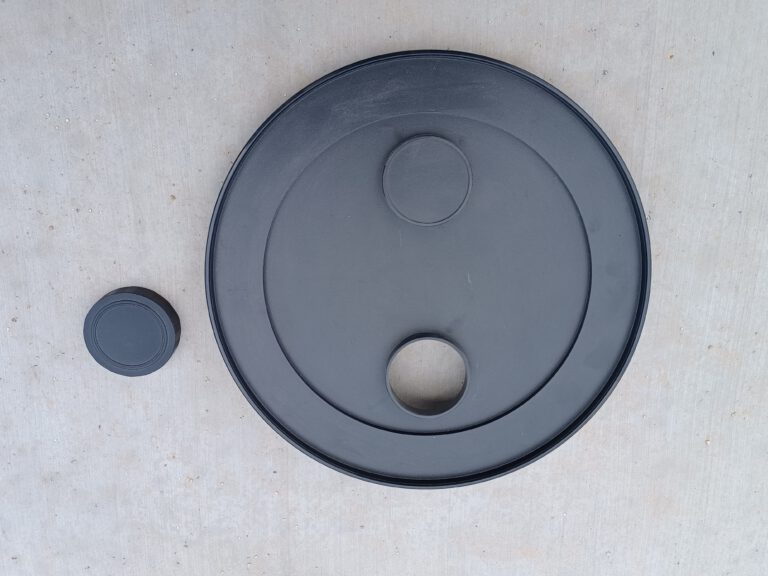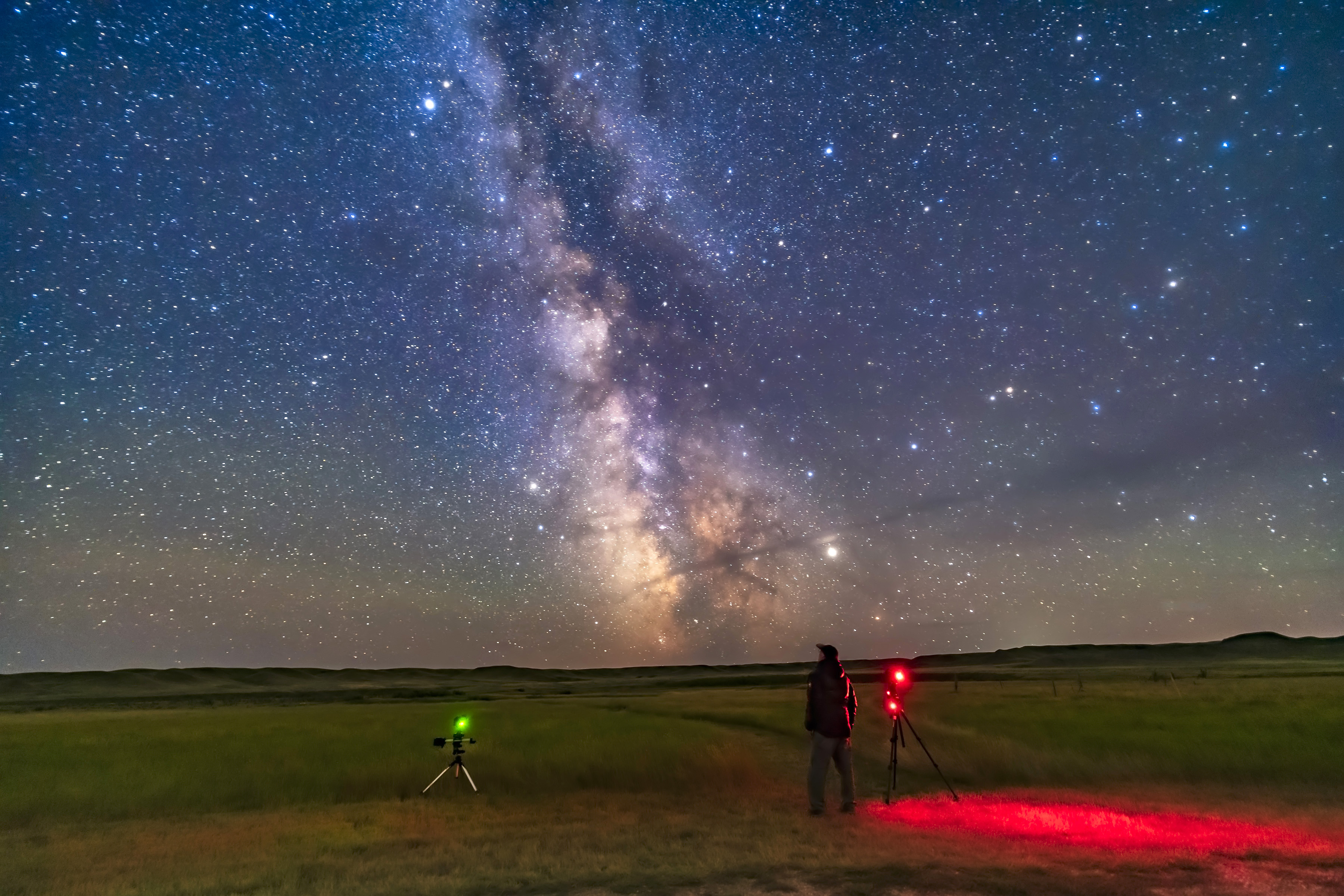
Key Takeaways:
Astronomy beginners are often obsessed with power — meaning magnification. I sure was. But I quickly learned that high power amplifies the air’s blurriness and takes away the wide field that many objects require for maximum impressiveness.
After recovering from highpoweritis, one is unlikely ever to succumb to it again. Like many, I went too far in the other direction and avoided using high magnification even when doing so would boost contrast and bring out previously unseen detail.
The usual rule, based on Dawes’ limit (which determines a telescope’s maximum resolving power), is that the upper useful magnification is 50x for each inch of a telescope’s aperture. So, my 12.5-inch f/6 reflector theoretically could handle up to 625x and my smaller 5-inch Takahashi refractor 250x. Yet I routinely merely use wide-field 100x eyepieces on a binoviewer on my Takahashi. Here in the Appalachians, that’s usually the actual upper limit of clear viewing given our typical seeing conditions, which are comparable to the quality of astronomical observing achievable from the surface of Venus.
Sometimes I pathetically try to further steady the images by using extremely low power, meaning binoculars. This leads into this month’s topic: the ultimate in stable viewing. We’re talking zero magnification — viewing objects with the naked eye. No added magnification whatsoever.
Is there any rational reason to do this? Absolutely! Having led astronomy tours for the past 30 years, I’ve carefully watched what impresses people. It’s true that showing them far-southern wonders, like the Tarantula Nebula and 47 Tucanae, through a 25-inch instrument under desert skies is about as good a celestial experience as one can have. But just as wonderful is merely viewing the Milky Way from any unpolluted, wide-open site. Each year, I have a group under perfect skies put their backs to the Milky Way and wave their arms. All their lives they’ll tell skeptical people how they saw their own shadow by the Milky Way’s light!
On the web, Milky Way images have appeared more and more frequently this past decade. Usually the brightest portion is depicted — the summer Milky Way centered on Sagittarius. You can always see Antares to its right and, a bit farther right still, the arachnid’s distinctive claws, composed of the near-vertical line of Beta (β), Delta (δ), and Pi (π) Scorpii. All these can be enjoyed for yourself without any equipment.
The most sensational celestial events also demand zero extra magnification. You won’t see the northern lights if you use a telescope. Nor will you enjoy a meteor shower. My solar eclipse preference is to spend half of totality observing with no equipment, to avoid neglecting the eerie lighting on the surrounding countryside, and the other half using stabilized binoculars.
But it’s not just beauty that’s involved here. Before 1608, when Hans Lippershey and others invented the telescope, many observers made profound celestial discoveries using their eyes alone. In the third century b.c., Aristarchus carefully noted the size of Earth’s shadow on the Moon during lunar eclipses. He also determined that the half-illuminated Moon was not positioned exactly 90° from the Sun. These observations let him conclude, among other things, that the Sun must be larger than Earth. And since it made more sense to him that a smaller object should orbit around a larger one, he concluded — more than 1,700 years ahead of Copernicus — that Earth circles the Sun while spinning on its own axis.
Even by noticing that night is dark, you’ll correctly conclude that either the cosmos cannot have an infinite number of stars, or it must be too young for most starlight to have had time to reach us. (Turns out, both are true.) Huge takeaways, using no instrumentation.
So, whether your goal is to explore science, beauty, or even some of the mind-stretching areas of metaphysics and philosophy, the very best magnification may often be zero.

